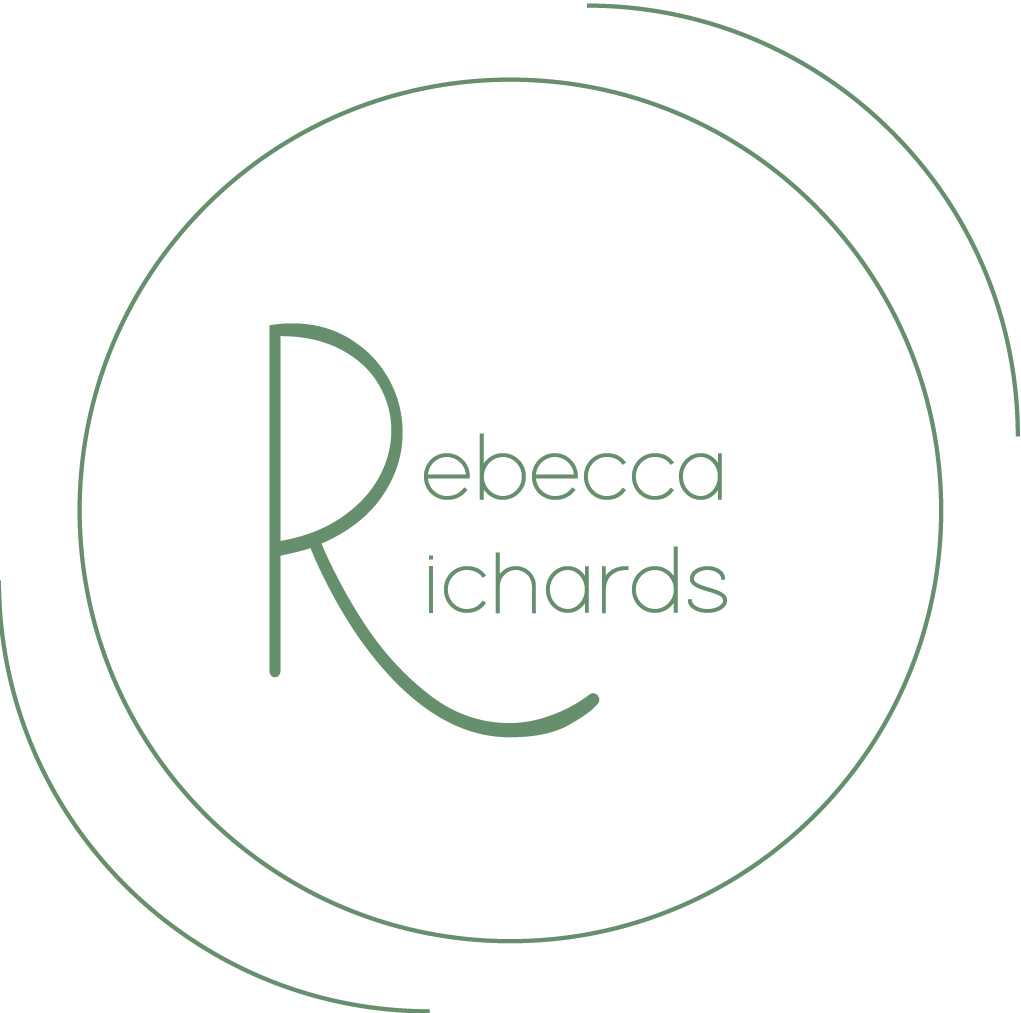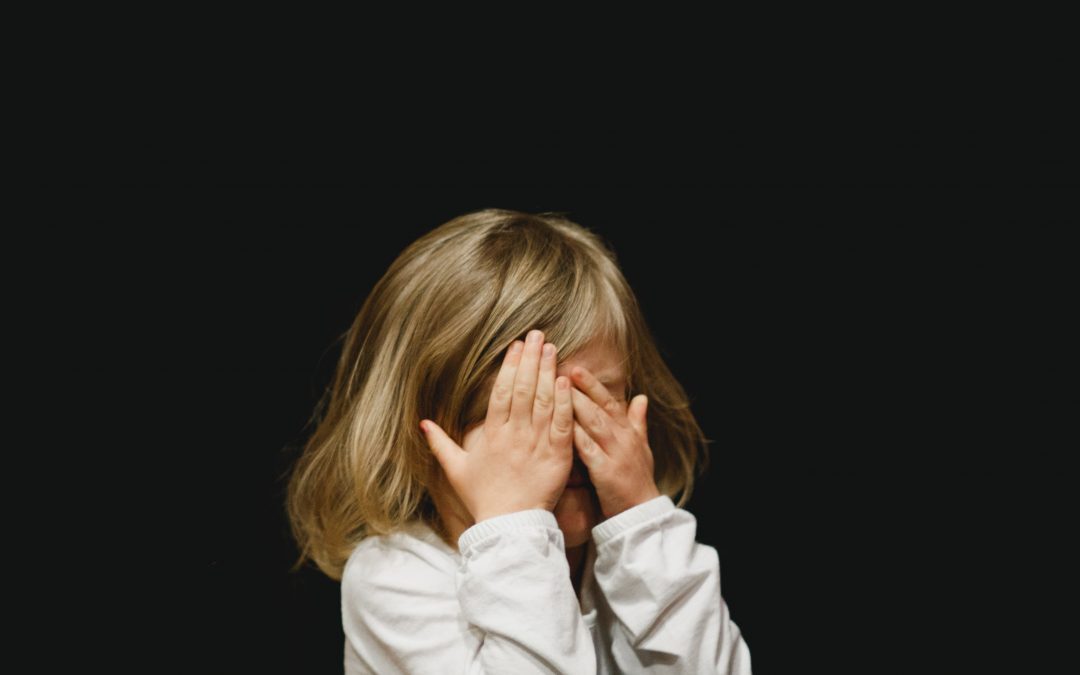The COVID-19 Crisis has brought with it many sudden and dramatic changes to our everyday lives. Feeling emotionally raw is an expected result in such circumstances.
From a therapeutic perspective these COVID-19 Crisis conditions will, for many people, activate unhealed or unprocessed trauma from our past, even the sort we didn’t realise we had.
There are many things happening at the moment that will understandably have a negative affect on our wellbeing: losing jobs, having a scary virus on the lose in our community, seeing images of death on our television screens, being unable to socialise in ways we took for granted, being separated from extended family, having to close a business and other losses and uncertainties. Hence, fortunately we see governments ramping up funding for mental health services during these times.
From a childhood attachment perspective of healing, these current circumstances, while traumatic in their own right, may also switch on wiring from our past, activating psychological survival circuits we, as young children, developed to cope with traumatic, painful, unsafe situations we experienced in our family and social environment as we were growing up.
Below I outline three reasons why our hurt inner chid’s survival circuit may be activated at this time and the symptoms to look out for.
This is a brief overview that will not in any way exhaust all experiences or possibilities.
I suggest you read it lightly, with gentleness and curiosity feeling into your body as you do so while trusting what you notice in terms of thoughts, memories and sensations. Your personal insight and knowing holds incredible value beyond the scope of this article or anything a therapist may say!
1.With the coronavirus on the lose, the external environment feels more threatening than it usually does.
For most of us in childhood there were times when our family and social systems felt unsafe. If, however we experienced instability such as frequently moving house or schools, poverty, our parents separating, emotional, physical or sexual abuse, neglect or death in the family, our nervous system may be highly activated during this time of rapid change.
Signs of how your hurt inner child may show up can include the following:
*Increased feelings of anxiety and fear
*Obsessive Compulsive Tendencies
*Insomnia
*Distrust in authorities.
*Increase in stressful thinking
*Numbing out
*Depression
2. The tight government crackdowns in otherwise democratic societies like Australia has been sudden and severe, limiting our freedom and choice.
This may mimic the power- over dynamic many of us painfully experienced in childhood which may have looked like a parent centred rather than child centred upbringing, overly authoritarian or helicopter parenting. Abuse of any sort also fits into this category.
Signs of how your hurt inner child may show up can include the following:
*Anger and its various forms such as frustration, rage and blame.
*Feelings of powerlessness, helplessness, fear, grief and sadness.
*Depression.
*Distrust in the motives of those in positions of power.
*Feeling above it all and rebellious, like the rebellious teenager.
3. Isolation and lack of physical closeness may prevent us from getting the physical and social connection we need for our emotional wellbeing.
Our early childhood needs for physical closeness are as important as for the need for food and water.
If, in infancy, we were expected to be independent too early like being left alone to cry, left to entertain ourself when we really needed company, or our primary caretakers were unable to meet our need for connection, we may find we are particularly activated at this time of enforced social isolation.
Signs of how your hurt inner child may show up can include the following:
*Loneliness
*Anxiety
*Melancholy
*Depression
*Longing
*Sadness
*Grief
Acknowledging we have unprocessed hurt and trauma from the past coupled with the commitment to release ourself from the suffering it causes, requires we take radical responsibility for our life. While growing into our integrated, actualised adult self takes time and practice, it also can be immediately satisfying and productive.
Ultimately we are learning to become the person we already are, without the overlay of painful beliefs and destructive, reactive patterns we have otherwise carried around with us.
We develop the self awareness needed for healing our inner child by noticing familiar thoughts and emotional states “triggered” or “switched on” by what other people say and situations that happen around us.
By finding the gap between the state we are experiencing (which includes our emotions, thoughts and images) and the part of us witnessing this experience, we can unhook from the unconscious trance of our childhood patterns. This opens up space for self inquiry. So with curiosity, compassion and gentleness we learn about our physiological and psychological reactivity rather than leading our life from it. Underneath the intensity of our immediate, tangible experience, our hurt younger self lies waiting to be seen, heard and released from her painful feelings and beliefs.
Developing your Inner Resource helps bring ease and safety into the healing process.
If you are considering embarking on the deep work of inner child healing it might feel scary – like opening a can of worms. Fear of being engulfed in undesirable emotions and memories is common and understandable. Rarely have we been held in loving acceptance of all that is arising. So it makes sense we are hesitant to explore what is happening for us more deeply. Let’s face it, no one wants to get stuck in painful places.
Hence, I find the technique of developing our Inner Resource of Loving Presence and Stability (informed by the Irest Yoga Nidra Inner Resource practice) an incredibly valuable first step if you want to release from past wounds.
It is a great inclusion to your tool box even if you have been deeply healing for a long time or you simply want to feel more ease and peace in your life.
Our Inner Resource is a state of calm, ease and wellbeing with a channel to the voice of our wise, loving adult self. When overwhelmed with big feelings or painful mood states our Inner Resource offers compassionate words and a sense of being held in the essence of stability and peace no matter what is arising. So we gain confidence in our process, knowing we do not have to be overwhelmed and that we are in charge of how far we go. In our own time we break free from the internal loop of nervous system and thought activation we have been otherwise identified with.
A beautiful reward for our efforts is that life begins to change, not in ways our constructed mind has imagined, but in subtle, delicious ways indicative of being more internally connected with our true self.
I have also found that rather than trying to fix our life from the outside, when we make it an inside job of healing ourself, life seems to unfold with more ease and magic than we could ever dream of.
So I believe it is well worth the leap of faith!
If you would like to know more about healing your inner child, here are some resources to start you off.
Free Meditation Inquiry
Develop Your Inner Resource of Stability and Wellbeing by me, Rebecca Richards!
For further reading on this topic, here are two of my favourites
*Early, Jay 2012. Self Therapy: A step by step guide to creating wholeness and healing your inner child using IFS. (2nd Edition). Pattern System Books
*Chopich, Erika J and Paul, Margaret 1990. Healing Your Aloneness: Finding Love and Wholeness Through Your Inner Child. Harper One.
Photo: Caleb Woods, Unsplash.

